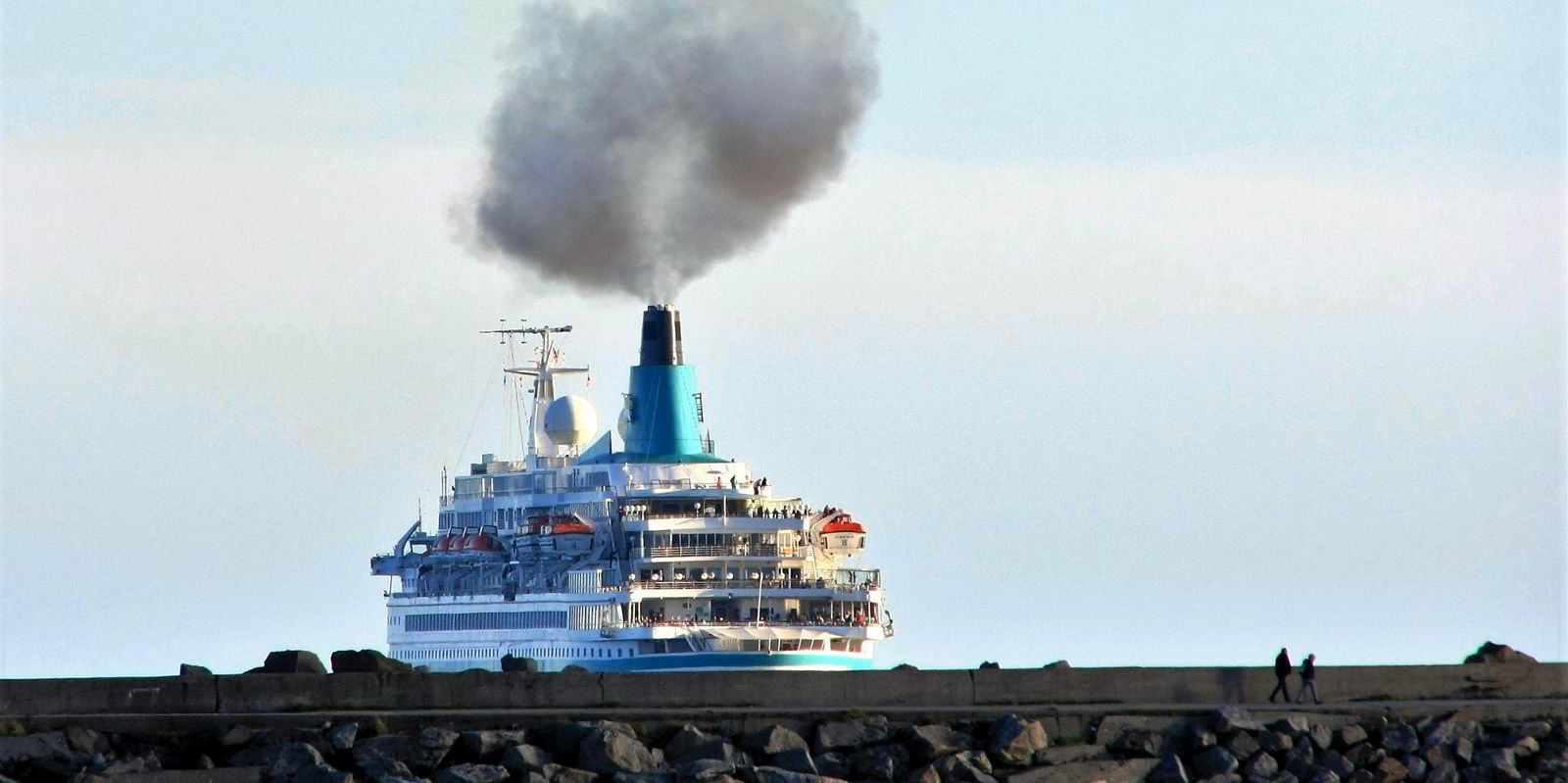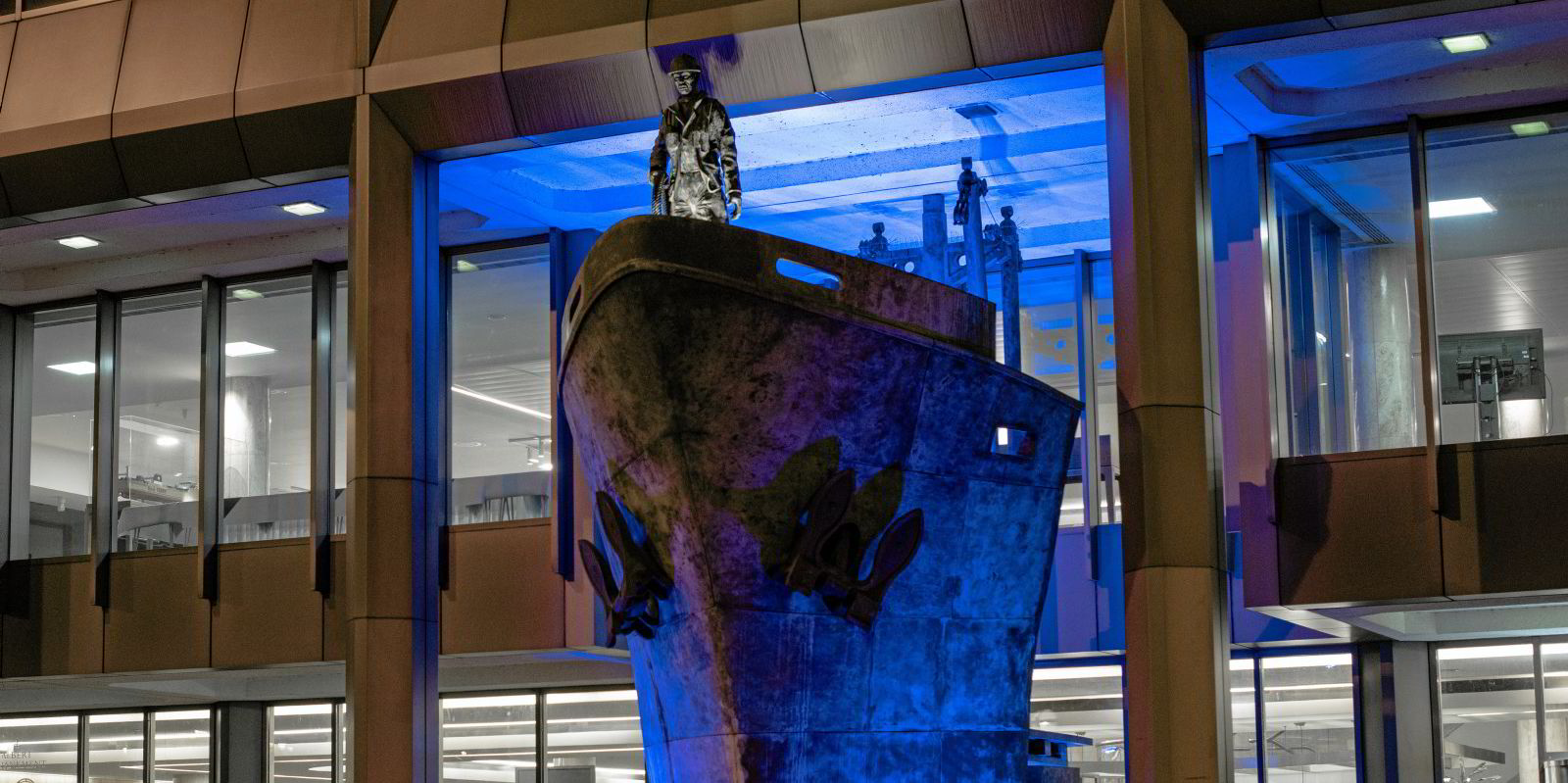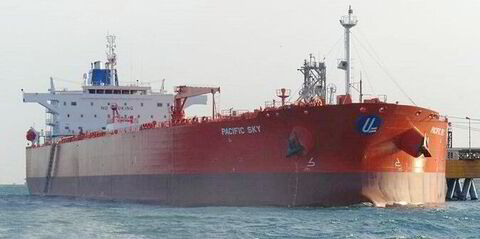Cruise players fear carbon-cutting measures that come into force next January will create "unintended consequences", potentially driving up the sector's absolute emissions.
Shipping as a whole has 12 months to prepare for the International Maritime Organization's Energy Efficiency Existing Ship Index (EEXI) that it adopted last June, which will require vessels to meet the current Energy Efficiency Design Index standards for newbuildings.
But it is the regulator's plan for annual monitoring of the carbon intensity of vessels that is uniquely proving a sticking point for passenger ships.
The Carbon Intensity Indicator (CII), also adopted last summer, will rate vessel efficiency between A and E and require those rated D and E to lower their emissions.
Although none of the leading cruise operators would be drawn on the detail of their plans to meet the new ratings, Cruise Lines International Association (CLIA) has graded the current CII proposals an F, and is calling for them to be revised.
"The IMO’s recent adoption of the CII, while well-intentioned, requires further refinement to be truly useful," the association told TradeWinds. "The focus on carbon intensity, without also considering its relationship to overall carbon output, could generate unintended consequences.
"The basic problem is that the CII does not account for how different types of ships operate."
Cargo vessels, which take long transoceanic voyages, are relatively efficient under the CII formula because it calculates carbon output based on fuel consumed and distance travelled.
Cruise ships, on the other hand, travel much shorter distances, call at multiple ports and offer hotelling services, so their CII figure comes out much higher, according to the CLIA.
“Even while in port, a certain amount of fuel is consumed to meet on-board energy demand, albeit less than if the ship were at sea and using its propulsion engines,” it added.
“The ratio of fuel consumed to distance travelled is, therefore, skewed under the CII.”
As a result, the CLIA said, the guidelines incentivise longer cruise voyages with less port time to achieve a more favourable CII rating, thereby resulting in greater absolute carbon emissions.
"The CII formula only addresses efficiency, but if not corrected to account for port time, it could work against absolute carbon reduction," it explained.
Unique demands

The CLIA said it is in talks with the IMO's Correspondence Group on carbon intensity reduction to look at changing the CII so that it accounts for "the unique power demands of cruise ships, and to avoid increases to actual carbon emissions" while achieving carbon intensity reductions.
The clock is ticking. The IMO will subject all vessels, including cruise ships, to these standards on 1 January 2023 and then rate them a year later after giving owners 12 months to make the grade.
On a wider level, the sector is engaged with the IMO's focus on eventually eliminating CO2 emissions from all ships, the CLIA said.
"The cruise industry is a pioneer and early adopter of maritime environmental protection practices and will continue to diligently work towards a long-term sustainable future," it said.
"CLIA oceangoing members have recently committed to pursuing net carbon-neutral cruising by 2050."
The CLIA said it has joined other maritime trade associations and IMO member states to raise $5bn in 10 years for research on technology to boost the IMO's initial strategy on greenhouse gas reduction.
"We remain hopeful that it will be adopted," CLIA said.
"However, if some other path is chosen to achieve the decarbonisation objective, the cruise industry will remain fully engaged."
But most of the industry's big players had little to say on how they plan to meet the new rules.
Norwegian Cruise Line Holdings, which owns 28 vessels, declined to comment because it is still making its calculations and plans for how best to address the EEXI and CII rules.
"We’re not ready to publicly provide detail on this topic just yet," spokeswoman Jessica John told TradeWinds.
Carnival Corp, which has 91 ships in its active fleet, listed several broad initiatives focused on lowering emissions without saying how it plans to meet the incoming regulations.
"We are planning to be at zero emissions by 2050," spokesman Roger Frizzell told TradeWinds. "As an interim step, we will reduce our carbon footprint rate by 40% by 2030."
MSC Cruises, which is privately held by Mediterranean Shipping Co and owns 17 active vessels, did not respond to TradeWinds questions on the EEXI or CII regulations.(Copyright)






